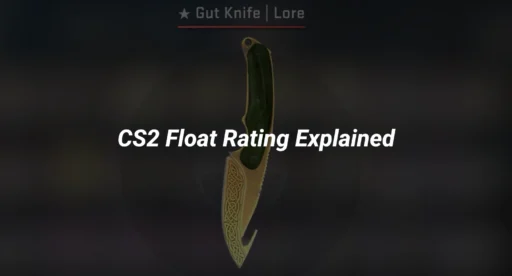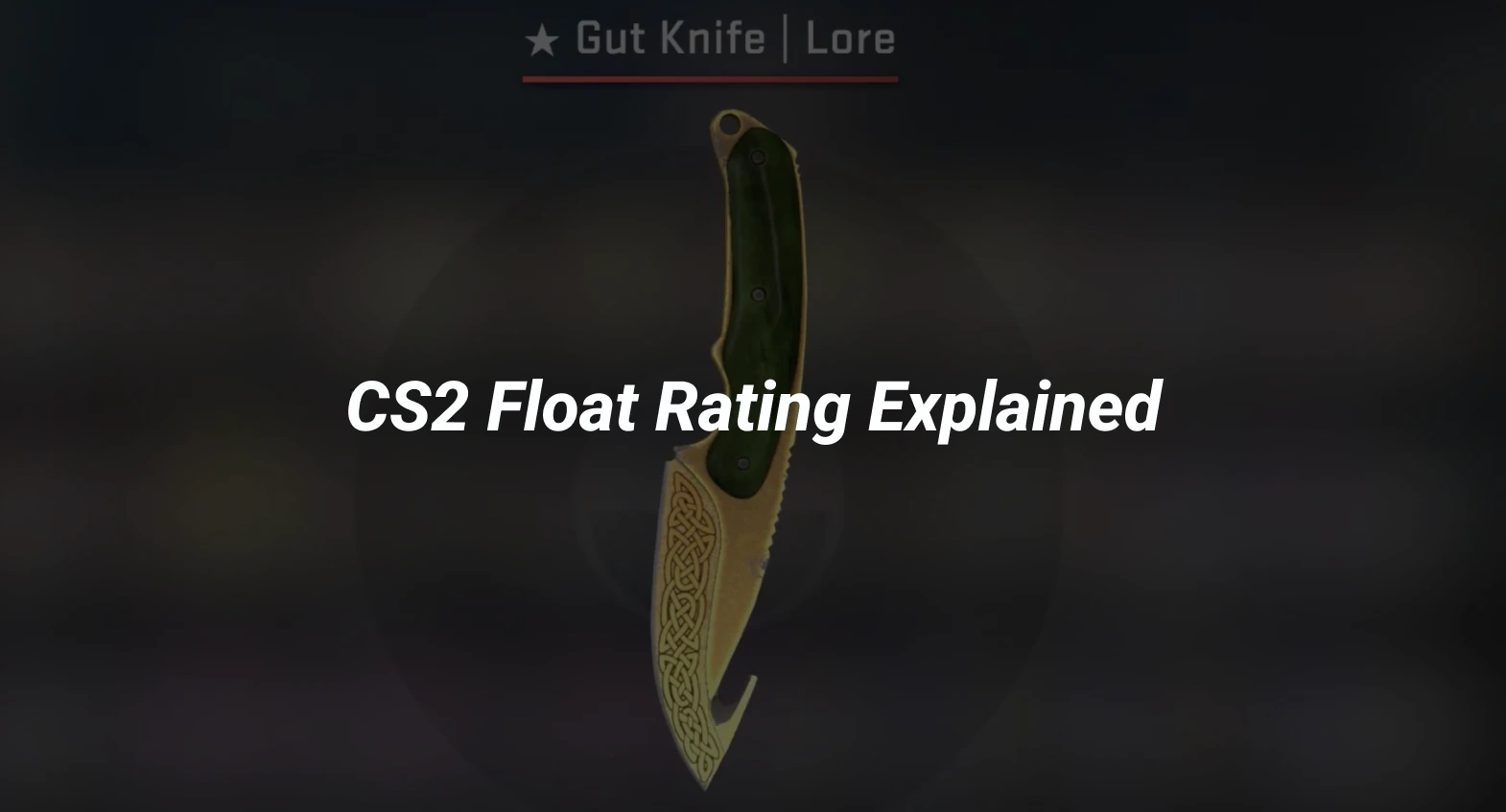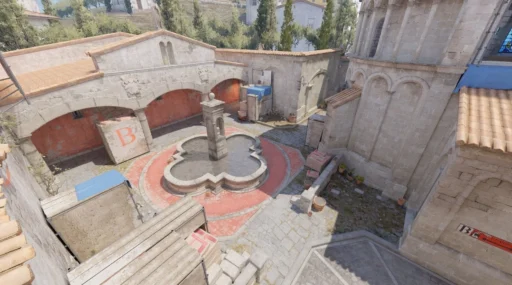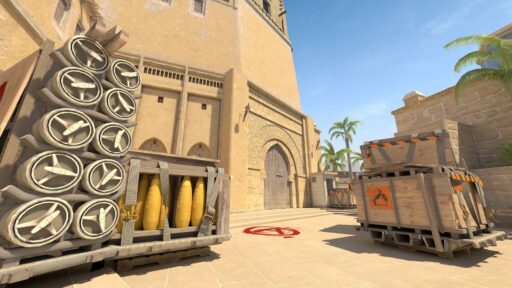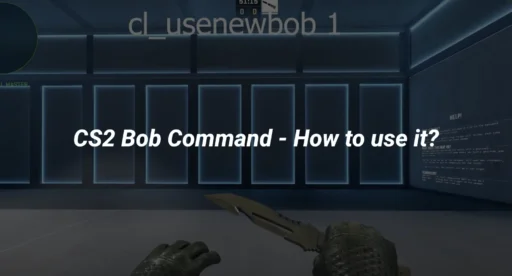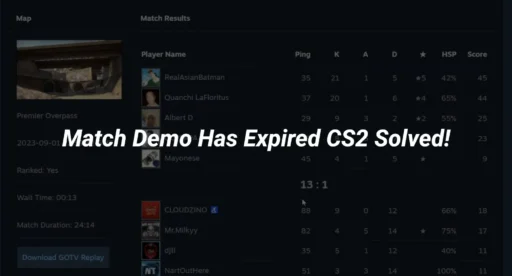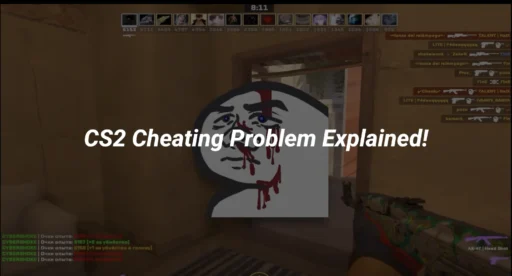Hey there, gamers! Ever wonder why some CS2 skins look pristine while others seem a bit rough around the edges? It’s all about the float value, a tiny number that packs a big punch when it comes to skin appearance and market value. Whether you’re a newbie or a seasoned trader, understanding CS2 float values can make or break your in-game investment. Let’s break it down and see what these numbers really mean for your favorite skins.
Key Takeaways
- Float values determine the wear and tear on CS2 skins, ranging from 0.00 (pristine) to 1.00 (worn).
- These values are set when a skin is unboxed and remain unchanged, affecting both appearance and market value.
- Knowing a skin’s float value is crucial for trading, as it influences rarity and price.
Understanding the Concept of CS2 Float Values
The Role of Float Values in Skin Appearance
When you open a case in CS2, the skin you unbox comes with a float value. This number, ranging between 0.00 and 1.00, is like a fingerprint for your skin’s condition. A lower float value means the skin appears cleaner, with fewer scratches and blemishes. On the flip side, a higher float value indicates more wear and tear. Think of it like your favorite pair of jeans—the more you wear them, the more they fade. Even though the float value doesn’t change with use, it defines how your skin looks right from the start.
How Float Values Are Assigned to Skins
Float values are assigned randomly when a skin is unboxed. This randomness adds a bit of excitement to the process, as you never know what you’re going to get. The assignment is permanent, meaning once your skin has a float value, it stays that way. It’s like opening a pack of trading cards; some cards are rare and pristine, while others show signs of wear. The float value is crucial, especially if you’re aiming to collect the most expensive skins.
The Permanence of Float Values in CS2
Once a float value is assigned, it remains unchanged forever. This permanence is significant because it means the skin’s appearance is locked in, regardless of how often you use it in-game. There’s a common myth that using a skin will increase its wear, but that’s not true. Your skin will look the same whether it’s your go-to choice or just sitting in your inventory. So, feel free to adjust your launch options and enjoy the game without worrying about affecting your skin’s condition.
The float value is like a tattoo for your skin—unchanging and unique, adding character and story to each piece in your collection.
The Impact of CS2 Float Values on Skin Market
Float Values and Skin Rarity
When you’re diving into the world of CS2 skins, understanding float values is key. These numbers, ranging from 0.00 to 1.00, dictate the rarity and condition of a skin. Lower float values often mean a skin is in pristine condition, making it more sought after by collectors and players alike. This rarity factor can drive up the demand and, consequently, the price of such skins. On the flip side, skins with higher float values, though more worn, can sometimes become cult favorites, especially if they have a unique wear pattern.
Economic Implications of Float Values
The economic landscape of CS2 skins is heavily influenced by float values. Generally, skins with lower float values fetch higher prices in the market. This is because most players prefer their weapons to look as new as possible. However, there are exceptions. Some skins with high float values, like the Battle-Scarred AWP Asiimov, have a dedicated following, which can lead to higher prices than their less worn counterparts. This shows that the market is not just about condition but also about community trends and preferences.
Community Preferences for Float Values
Community preferences play a significant role in determining the value of skins. While many players aim for the clean look of a Factory New skin, others appreciate the character that comes with wear and tear. These preferences can vary widely, with some players specifically searching for skins that have unique patterns or placements of wear. Understanding these trends can be crucial if you’re looking to trade or sell skins. It’s like knowing how to play with bots in deathmatch or how to play with bots in competitive; understanding the nuances can give you an edge in the market.
Technical Aspects of CS2 Float Values
Methods to Determine Float Values
Determining the float value of a skin in CS2 is straightforward, yet it requires a bit of know-how. First, you can check the float value directly within the game by accessing your inventory. Select the skin you’re curious about, right-click, and choose ‘Inspect.’ Hover over the ‘i’ icon at the bottom of the screen to reveal the float value. Alternatively, external websites like CSGO Float can provide this information by logging in with your Steam account. These methods ensure you have precise data on your skin’s condition.
The Relationship Between Float Values and Wear Levels
The float value directly affects the wear level of a skin. Lower float values indicate skins that are closer to a ‘Factory New’ condition, meaning they have fewer scratches and blemishes. Conversely, higher float values suggest a ‘Battle-Scarred’ appearance, with visible signs of wear. This relationship is crucial for players who want to maintain a pristine look for their skins or those who enjoy the rugged look of a well-worn item.
Limitations and Myths Surrounding Float Values
Despite some myths in the community, the float value of a skin does not change with usage. A common misconception is that using a weapon reduces its float value, but this is simply not true. Once assigned, the float value remains constant, irrespective of how much you use the skin in-game. This permanence ensures that your skin retains its assigned condition, whether it’s ‘Factory New’ or ‘Well-Worn.’
Understanding the technical aspects of CS2 float values can significantly impact your trading and collecting strategies. Knowing how to accurately determine float values and their implications on wear levels helps you make informed decisions in the skin market. Remember, while the float value is an essential factor, personal preference and rarity also play significant roles in the value of a skin.
When dealing with bots in CS2, knowing cs2 bot commands can be a game-changer. Whether you’re learning how to kick bots cs2 or exploring how to play with cs2 bots, mastering these commands enhances your gameplay experience. So, next time you get cases, remember to check those float values and enjoy the game to its fullest!
Comparative Analysis of CS2 Float Values
Differences Between CS2 and CS:GO Float Systems
When comparing the float systems of CS2 and CS:GO, it’s essential to understand that while both serve the same purpose of determining skin wear, there are subtle distinctions. In CS:GO, the float ranges are more standardized across various skins. However, CS2 introduces more variability, with some skins having unique float ranges. For example, certain CS2 skins might only exist in “Factory New” conditions due to their limited float range. This variability adds a new layer of complexity to the skin market.
Case Studies of Popular Skins and Their Float Values
Let’s consider some popular skins and how their float values affect their market perception:
- AWP | Asiimov: Known for its distinct design, the float range here is broader, meaning it can appear in more worn conditions, impacting its price.
- AWP | Fade: This skin is restricted to a “Factory New” condition due to its narrow float range, making it highly sought after.
- Cheapest knifes in CS2: These often have higher float values, given their affordability, and are popular among players who want aesthetics without breaking the bank.
Future Prospects of Float Value Systems in CS2
The future of float values in CS2 seems stable for now, but one can’t ignore the potential for change. As the game evolves, so might the float system, possibly introducing new features or adjustments. The community often speculates about changes, especially with discussions around cs2 bots and how in-game elements might interact with skins in future updates.
In summary, while CS2’s float system shares similarities with its predecessor, the unique aspects of CS2 introduce new dynamics in the game. Whether you’re a trader or a casual player, understanding these nuances can enhance your gaming experience, especially when setting up your binds for quick access to your favorite skins.
Conclusion
So, there you have it. The float value in CS2 isn’t just a random number; it’s a crucial part of understanding the wear and tear on your skins. Whether you’re a collector or just someone who enjoys a good-looking weapon, knowing the float value can help you make informed decisions. It’s fascinating how a tiny decimal can influence the appearance and even the market value of a skin. While it doesn’t affect gameplay, it certainly plays a big role in the aesthetics and trading aspects of the game. So next time you’re eyeing a new skin, take a moment to check its float value. It might just be the difference between a good buy and a great one.
Frequently Asked Questions
What is a float value in CS2?
A float value in CS2 is a number between 0.00 and 1.00 that tells you how worn out a skin looks. The lower the number, the newer the skin appears. It’s like a wear rating that doesn’t change, no matter how much you use the skin.
Can the float value of a skin change over time?
No, the float value of a skin stays the same forever. Once it’s set when you get the skin, it won’t change, even if you trade it or use it a lot.
How do float values affect the price of skins?
Float values can change how much a skin is worth. Skins with lower float values usually look better and are rarer, so they can cost more. But sometimes, really worn-out skins with high float values are popular and can be pricey too.

